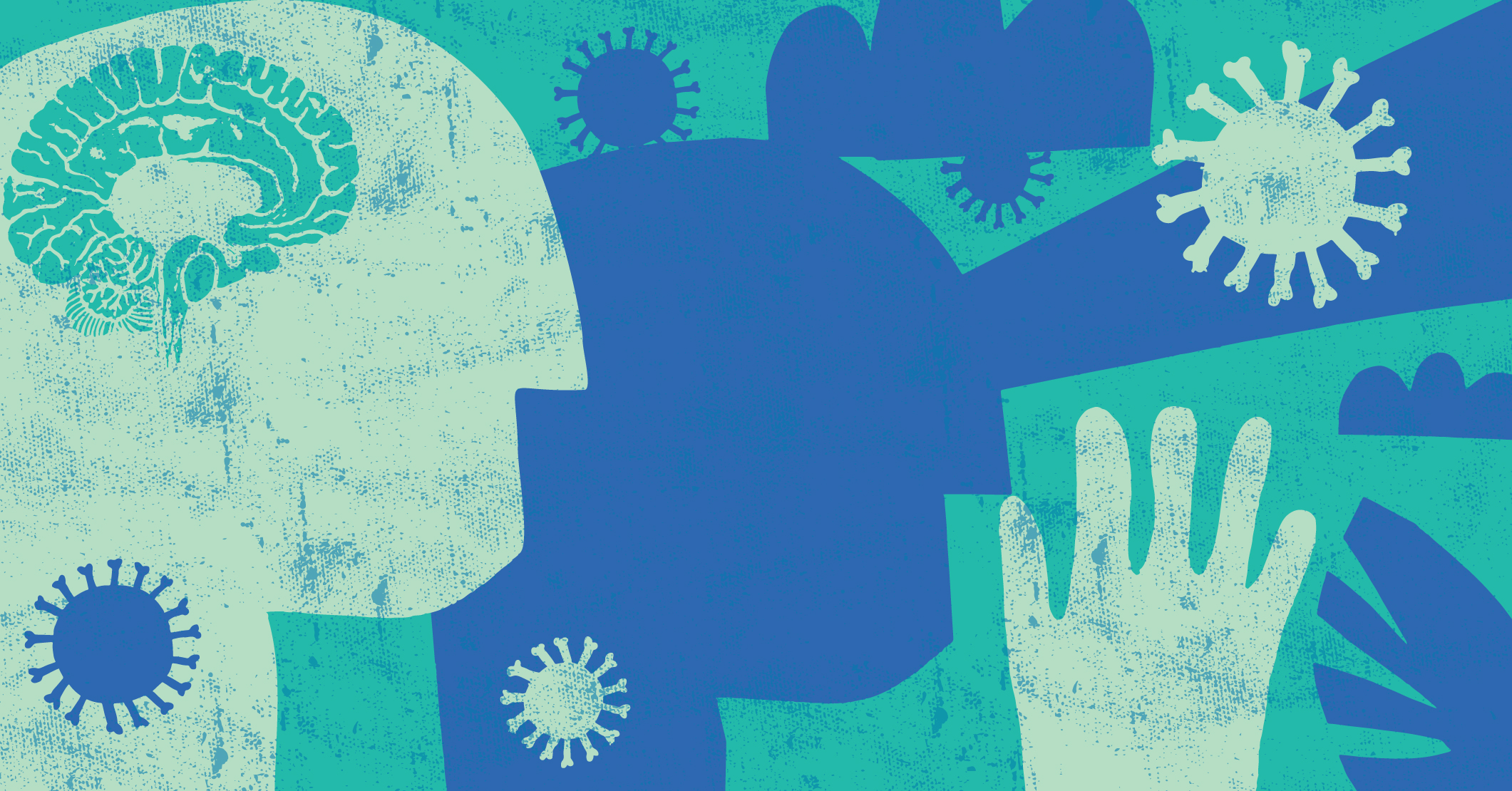Empowering those who seek to end hunger through collaboration and data science innovation
DOI:
https://doi.org/10.18060/25330Keywords:
community participatory research, food insecurity, data science, covid-19, business intelligence, food distribution, community engagementAbstract
Feeding America Eastern Wisconsin (FAEW) distributed 81% more food to community members in need during the COVID-19 pandemic than in the prior year. Though systems were in place to manage food receipt and distribution data, social distancing requirements and technological barriers revealed inefficiencies in how these data were being utilized. In pursuit of data-driven decision making and in the context of a global pandemic, FAEW partnered with Marquette University data scientists through an industry supported grant. Applying newly learned skills in Business Intelligence, students have produced detailed reports of data cleanliness in FAEW’s source systems to improve underlying data quality and better support analytic efforts. Additionally, students have synchronized Human Centered Design Thinking and Visual Analytics to produce an interactive application that is being used to optimize inventory management, storage availability, and product distribution. Finally, students are utilizing Business Analytics techniques such as supervised and unsupervised data mining to provide new insights about food receipt and distribution patterns that will have a sustainable impact on FAEW operations. This unique partnership is providing experiential learning opportunities for students, tangible data science solutions that FAEW will use to ensure best practices, and real-world solutions to collaboratively end hunger in our communities.
References
Feeding America Eastern Wisconsin. (2021). Our impact. https://feedingamericawi.org/about-us/our-impact/
Jernigan, B. B., Wetherill, M.S., Hearod, J., Jacob, T., Salvatore, A. L., Cannady, T., Grammar, M., Standridge, J., Fox, J., Spiegel, J., Wiley, A., Noonan, C., & Buchwald, D. (2017). Food insecurity and chronic diseases among American Indians in rural Oklahoma: The THRIVE study. American Journal of Public Health, 107(3), 441-446. https://doi.org/10.2105/AJPH.2016.303605
Marquette University (2021). The president’s challenge. https://www.marquette.edu/innovation/the-presidents-challenge.php
Nord, M. (2002). Rates of food insecurity and hunger unchanged in rural households. Rural America, 16(4), 42-27. https://doi.org/10.22004/ag.econ.289511
U. S. Bureau of Labor Statistics. (2021). Wisconsin. https://www.bls.gov/oes/current/oes_wi.htm
U. S. Department of Agriculture. (2021). Key statistics and graphics.https://www.ers.usda.gov/topics/food-nutrition-assistance/food-security-in-the-us/key-statistics-graphics.aspx
Downloads
Published
Issue
Section
License
Copyright (c) 2022 Jen-Li Ko, Jeff Joslyn, Ganhua Lu, Jason Palmer, Malcolm Charles, Marita Stapleton, Aishwarya Sanganalu Mattha, Bob Parsons, Ron Tatum, Carey Redmann; Hongkun Yu, Allen Moy; Walter Bialkowski

This work is licensed under a Creative Commons Attribution 4.0 International License.



